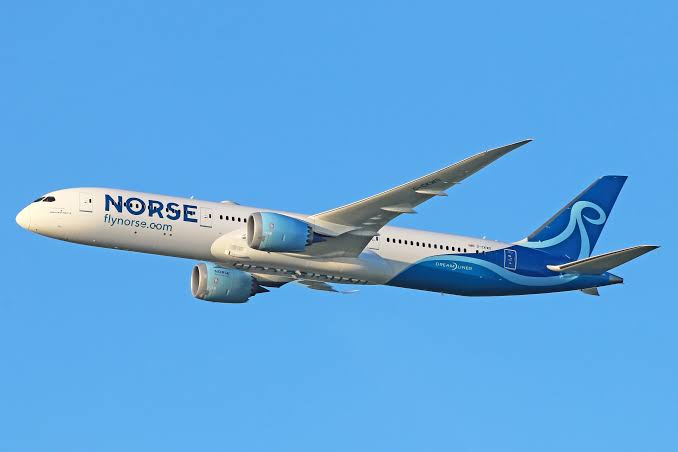By: Asem Mustafa Awan
They are searching in rubble for something and they have struck gold, the discarded and abandoned cemented pipe has found its use.
The group of trash pickers spends their entire day looking for things that are thrown by people deeming them useless.
The place is near IJP Road Flyover and the ditch which was never filled by the Capital Development Authority (CDA) now serves as trash site making Islamabad the beautiful live up to its repute.
The paper and power point presentation of the CDA all appear too good to be true. The flyover bridge made not long ago depicts the interest of the authority as the roads leading to the bridge have dilapidated condition.
This money dries down and the thrown away cemented pipe is one such thing which was registered and logged in the entry books and had a cost.
It stands abandoned and the concept ‘finders keepers’ fit these people who survive on day to day and make efforts for a day’s meal.
These trash pickers can be taken as beacons as they work hard from sun up to sun down and look for things on trash sites unlike the swarm of beggars that roams the streets.
This picture speaks extremes of characters, the trash pickers are going for an honest day’s hard labour while the viral video of the politicians who have millions of rupees stashed on the table for changing the loyalties
The abandoned pipe or pipeline also states another story which is water scarcity.
According to officials the old water pipelines were laid in the 1960s and according to some officials, 40 percent of water goes to waste as these lines are broken at many a places and no repairs have been carried out for years. An estimated Rs 495 million have been earmarked for other projects including repair and maintenance of rusting water pipelines, tube wells, water tankers replacement and installation of new pipelines in the Capital.
Water supply department is serving the city day and night and bowser costs fluctuates and is likely to go up as the weather changes in couple of months.
A World Bank report, “Pakistan @ 100” showed that water utility services were intermittent in the country due to high leakage levels, limited supply and insufficient access to power. It also claimed that inequality in accessing clean water and sanitation was higher in Pakistan than in many other countries.
On the other hand, according toUNICEF, 53,000 children under five in Pakistan die annually from diarrhea due to poor water and sanitation.
The pipe in picture is one of the missing links which has been accounted for in the log book but stands abandoned as nothing was done to find its utility.














